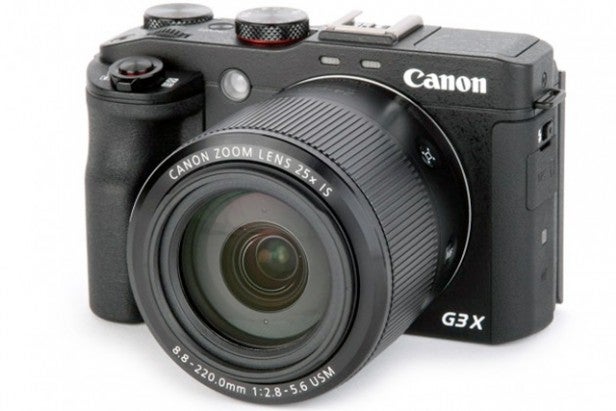Canon PowerShot G3 X Review - Image Quality, AF, Video and Verdict Review
Image Quality, AF, Video and Verdict
Not quite the most super of superzooms
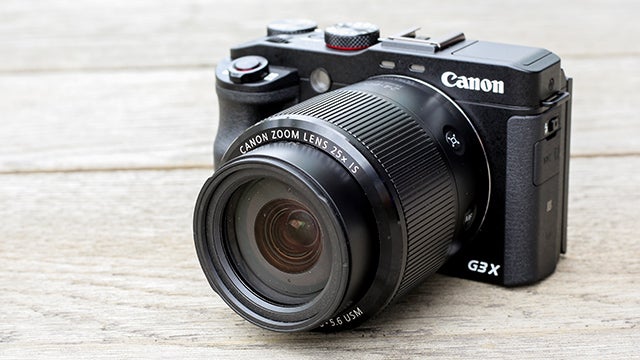
Sections
- Page 1 Canon PowerShot G3 X Review
- Page 2 Lens and Features Review
- Page 3 Image Quality, AF, Video and Verdict Review
Canon PowerShot G3 X – Performance and AF
The Canon PowerShot G3 X aims for all-round versatility. It doesn’t make any particularly bold claims on general performance. It’ll shoot at a respectable 5.9fps when the focus is locked, but that slows down to 3.2fps when autofocus is enabled.
The big hit comes when switching to RAW, when the Canon PowerShot G3 X slows right down to a dismal 0.6 frames per second. To make matters worse, the screen preview is also blacked out between shots, so you can’t even use this time to compose your next shot. Here, such a clunky experience is seriously disappointing.
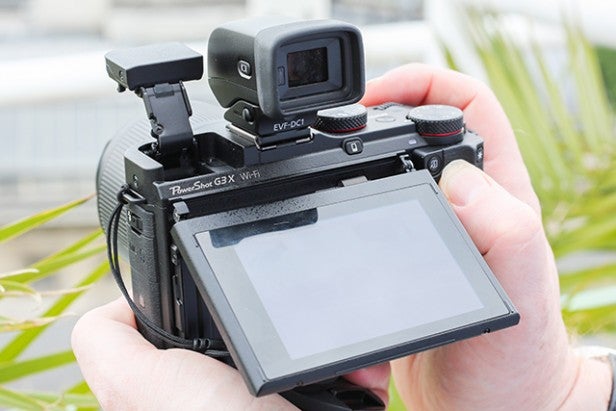
The Canon PowerShot G3 X isn’t too hot at tracking focus either, largely because it uses a pure contrast-detection system rather than a hybrid phase/contrast detection one. While the zoom range may make it seem the perfect choice for shooting nature, we found that it’s pretty tricky to get in-focus shots of birds in flight with the camera, for example. The zoom may be there, but it’s missing other factors.
If you’re shooting less-challenging subjects in daylight, the contrast-detect system is perfectly fast. Performance isn’t too different from the hybrid systems found elsewhere. Naturally, it dips with the light level, with the Canon PowerShot G3 X taking up to a second to focus in fairly poor lighting. It’s roughly what we’d expect from a modern contrast-detect system.
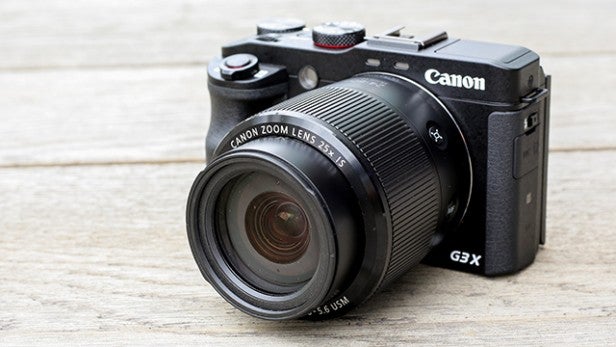
Canon PowerShot G3 X – Image Quality
The Canon PowerShot G3 X appears to share its sensor with a number of other 1in sensor cameras, including Canon’s own G7 X. It has a 20.2-megapixel sensor, one capable of capturing very good detail at base ISO.
In our usual image-quality labs tests, the Canon PowerShot G3 X rendered 3,200lph of fine detail at ISO 125, which is about as good as we could expect from a 1in 20.2-megapixel sensor. As hoped, image quality is also far better than what you’d get from a cheaper, smaller-sensor superzoom.
Up to ISO 800 images are good. There’s noise, but it’s obvious only closer to pixel level. Along with the contrast AF, this ensures the Canon PowerShot G3 X is a camera that, at the very least, performs well in daylight. 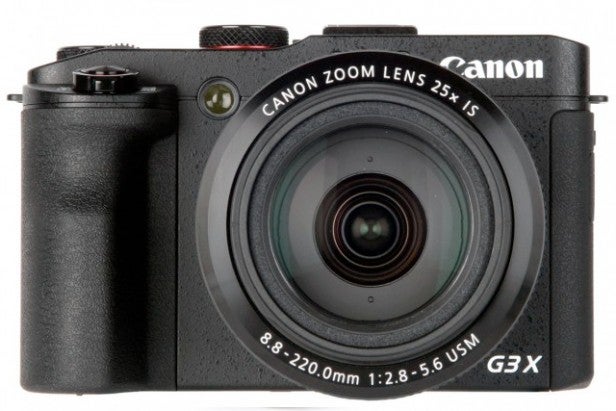
The ISO range goes up to 12800, but we’d recommend avoiding ISO 6400 and ISO 12800. Shots taken at these settings are fairly poor, with the overzealous noise-reduction engine having eaten away most fine detail.
Of course, the slower lens means you’ll naturally be pushed up the ISO scale more readily than you would be with the Sony RX10 II – unless you’re shooting at the wide end of the zoom. In some respects, the Canon PowerShot G3 X lens isn’t quite as flexible as it at first appears.
However, lens quality is actually slightly better than we expected. Wide open, there’s some softness at the edge of the frame – but otherwise sharpness is respectable. The Canon G7 X is sharper, but then that camera values lens qualities over zoom range, which is top priority here.
Dynamic range is solid too, measuring 12EV at ISO 125 in our tests. That’s similar to the 12.19EV at ISO 100 we saw from the Panasonic FZ1000.
Other than our issues with lens speed and its real-world shooting implications, the one minor image quality worry we have is colour. In general, the Canon PowerShot G3 X produces punchy-looking shades, but it does tend to oversaturate slightly, giving some shots an unnatural edge. Here are some shots we took with the G3 X:



Canon PowerShot G3 X – Video
The Canon PowerShot G3 X also lacks the ability to capture video at 4K. Unlike Panasonic and Sony, Canon is yet to bring 4K video capture to its mainstream stills cameras, and so despite its best efforts in other parts of video shooting, it lags behind.
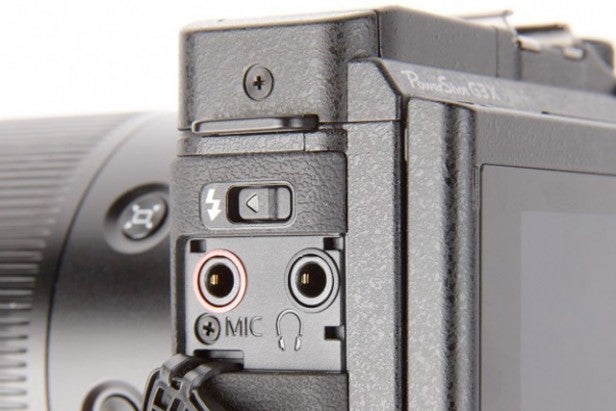
If 4K capture is of no interest then the Canon PowerShot G3 X does offer some fairly tasty consolation prizes. There’s a 3.5mm microphone input to let you use a higher-quality mic than the integrated stereo pair, and a headphone jack to let you monitor the audio while shooting. You can also use focus peaking to make manual focusing easier.
Actual capture resolution tops out at 1080p, with frame rates of 60, 30, 25 and 24fps on offer. We imagine the more enthusiastic video fans among you will be after 4K, though, even if it’s only for future-proofing at this point.
Should I buy the Canon PowerShot G3 X?
The Canon PowerShot G3 X is a very competent fixed-lens compact, which will get you much better results than your average superzoom bridge camera. However, having used the camera for while now, we find that its key feature – the massive zoom range – highlights those parts Canon had traded away in order to fit in such a lens into a camera of this size.
The lack of an EVF and the somewhat-ordinary maximum aperture mean that it doesn’t have the appeal of the Sony RX10 models or the Panasonic FZ1000.
Although the Canon PowerShot G3 X offers greater zoom range than either, we didn’t find its furthest reaches all that useful – unless you have a tripod and are shooting a slow-moving target. In its class, the Canon PowerShot G3 X perhaps doesn’t quite have the best balance of priorities.
SEE ALSO: Best cameras 2015
Verdict
A versatile superzoom, but the Canon PowerShot G3 X’s can’t quite match the serious rivals in this class.
Trusted Score
Score in detail
-
Value 8
-
Design 7
-
Features 7
-
Image Quality 8
-
Build Quality 8
-
Performance 6


